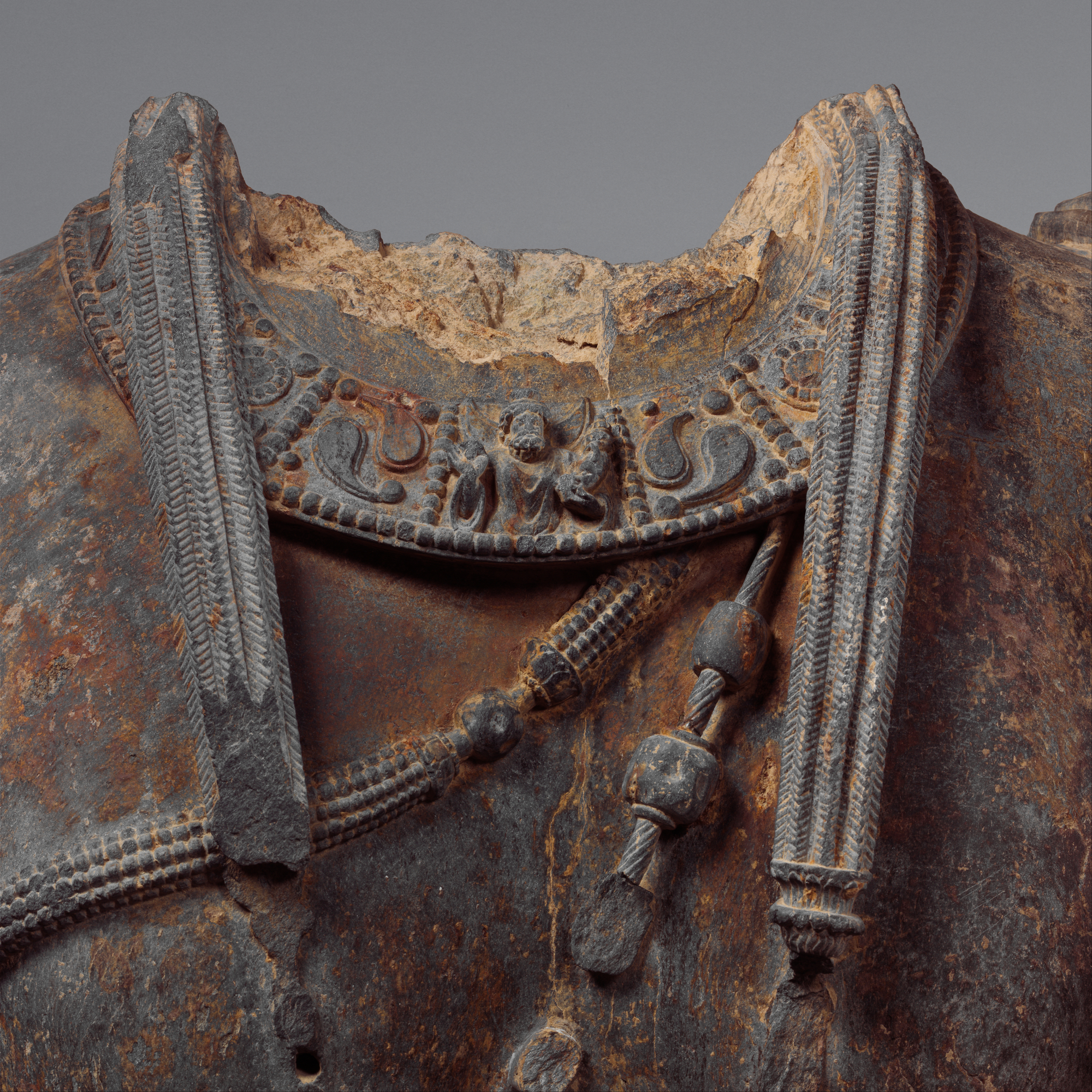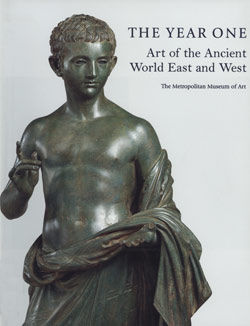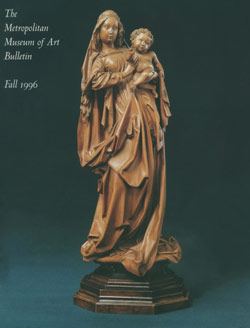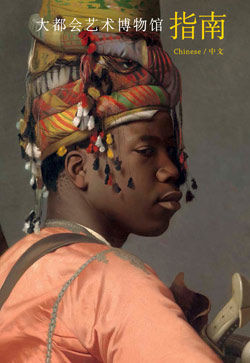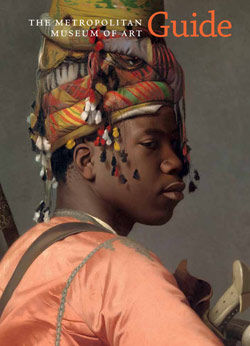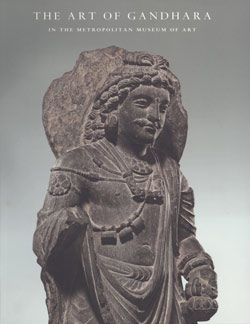Torso of a Bodhisattva
Probably Sahri-Bahlol Workshop
Cult images of bodhisattvas became an important dimension of Mahayana (the Great Wheel sect of North Indian Buddhism) Buddhist worship in the fourth to the fifth century. The monasteries of the Gandharan region commissioned large-scale bodhisattvas in recognition of the growing popularity of these interventionist deities, which embody Buddhist compassion. The cult of Avalokiteshvara represents the highest expression of this sentiment. Probably from the Sahri-Bahlol monastery, this large stone torso, from a figure originally about ten feet tall, is a spectacular survivor from that era. Sensitively modeled and dressed in a draped monk’s robe, it reflects a lingering memory of contact with the Hellenistic West.
#7910. Torso of a Bodhisattva, Part 1
-
7910. Torso of a Bodhisattva, Part 1
-
7910. Torso of a Bodhisattva, Part 2
Playlist
Due to rights restrictions, this image cannot be enlarged, viewed at full screen, or downloaded.
This artwork is meant to be viewed from right to left. Scroll left to view more.


